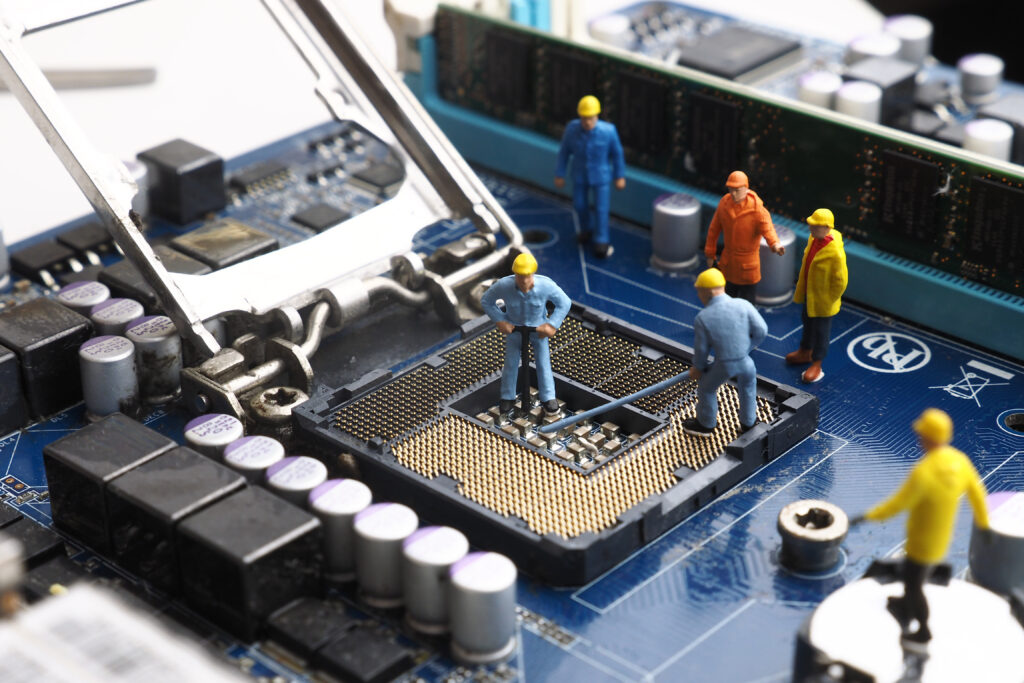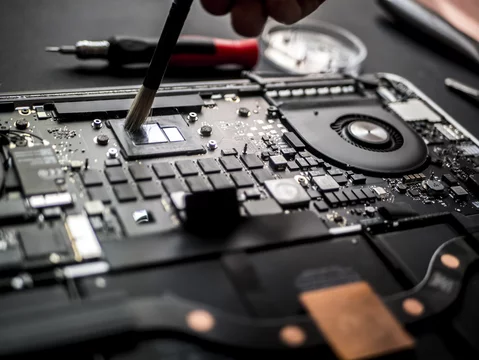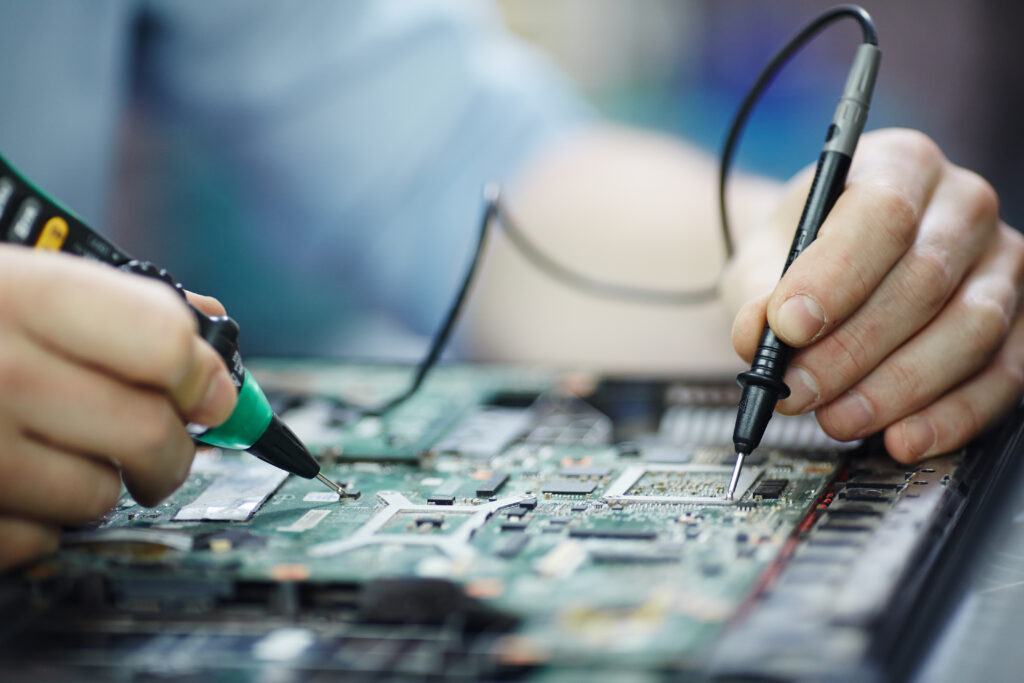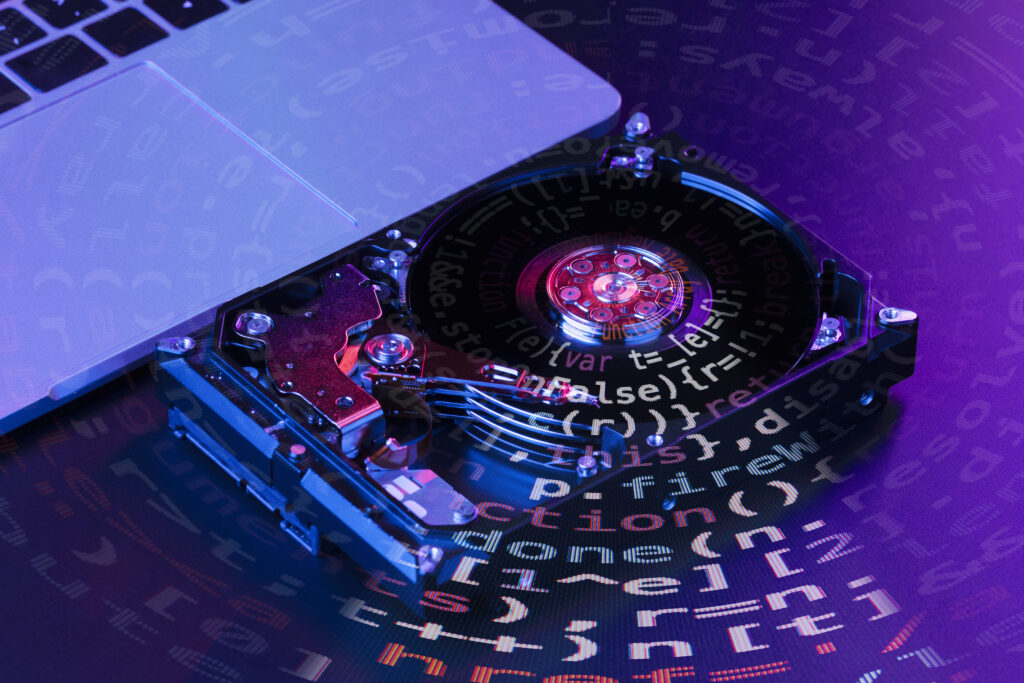In today’s fast-paced world, technology plays a very important role in both personal and professional life. It is, therefore, very important to have a trusted service provider who can deliver reliable and effective solutions when your devices encounter issues. Data Life, the leading provider of tech repair services, offers the best computer service in Dubai, ensuring that your devices are back in action as soon as possible.
Premium Tech Support for Every Device:-
Data Life is known for its high-quality repair services on a variety of devices, including laptops, desktops, and tablets. If you have a slow computer or are experiencing hardware failure, their expert technicians provide the best computer service in Dubai to suit your needs. They are equipped with the latest tools and expertise to ensure top-notch performance after every repair.
Laptop and Computer Repairs in Dubai – No Match Found:-
In terms of laptop and computer repairs, Data Life is in a class by itself. This is because the company offers its services in such an all-round way that specializes in software-related, hardware-related, and operating system-related issues in computers. In the case of computers, screen damages, component replacement, or solving system error, customers tend to rely on Data Life to deliver the best computer service in Dubai.
Speedy, efficient, and inexpensive solutions:-
Finding a reliable tech service provider is very important for businesses and individuals. With Data Life, you can be sure that your device is in good hands. They ensure quick turnarounds to minimize your downtime. With their commitment to providing the best computer service in Dubai, you can expect efficient and cost-effective solutions to restore your device to peak performance.
Professional Maintenance for Extended Device Lifespan:-
Proper maintenance helps your computer not to jam. Data Life engages experts in repairs while offering professional maintenance. Check-ups, cleaning, and software updates ensure that the functionality of the device is at its best for more extended periods. Data Life is your number one provider for the best computer service for preventive care that extends the life of your tech for anyone looking.
Trustworthy Service for Your Tech Needs:-
From general troubleshooting to advanced hardware repairs, Data Life offers a comprehensive range of services. Their skilled technicians understand the nuances of different computer systems and deliver quality repairs tailored to your needs. With Data Life, you’re guaranteed the best computer service in Dubai, with a reputation for reliability and professionalism.
Get Your Devices Back to Their Best:-
Whether it is just a minor fault or a full-scale repair job, Data Life is ready for you. Being dedicated to ensuring that the customer feels satisfied and at par with great service standards makes them the number one computer service in Dubai. For more about their services and to book your repair today, you can visit them at datalifeae.com.
Published 14/01/2025





















